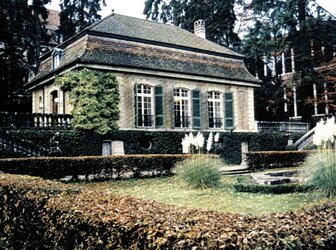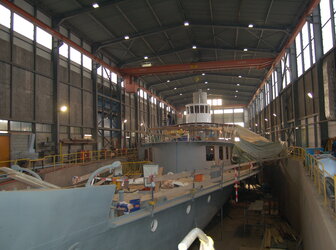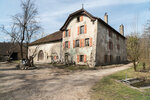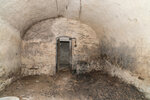Manor Farm of Bois de Chênes, Genolier
Bois de Chênes is a protected natural landscape and heritage site in Genolier which is home to a manor dating from the 17th century and comprises a farm and its annexes. The restoration project was carried out by the Fondation du Bois de Chênes from 2016 to 2019 and was funded by ...
Read more
Project details
Description:
Bois de Chênes is a protected natural landscape and heritage site in Genolier which is home to a manor dating from the 17th century and comprises a farm and its annexes. The restoration project was carried out by the Fondation du Bois de Chênes from 2016 to 2019 and was funded by private foundations and associations closely related to natural heritage and Bois de Chênes. The project also benefited from the support of federal bodies via national and cantonal grants for monuments and sites and from the village of Genolier. The manor farm was built between 1688 and 1694 by Etienne Quisard, Lord of Grivins and Genolier. Farming at the site ended in 1960 while the manor house remained inhabited. In past years, minimal measures were taken to care for the home and the farm did not undergo any of the usual advances towards modernisation. As such, the farm entered the new century in a good state of conservation and was listed as a protected building in 2016. The structure and interiors did however suffer some notable decline, intensified by the negative effects of humidity. Considerable amounts of salvage material had also accumulated in the surrounding buildings and attic. An assessment of the state of conservation of the buildings was made in 2010, followed by meetings about its future. The restoration paid great respect to the construction and its natural environment. Its typology, the materials used and its special characteristics were each given special consideration. The high quality of workmanship, appropriate to a site of such historical substance, is evident. Sustainable technology was employed where possible and the wastewater management system is especially innovative. As the site is subject to strict national laws for safety due to its close proximity to the water source for the surrounding villages of Genolier, a filtration and evaporation system was built using biological and natural resources. This system is a pilot project in the region and should serve as a powerful example for heritage professionals across Europe. The project has opened the complex to new uses: the buildings are now home to a welcome and information centre; training, educational and exchange spaces; and homes for the site’s intendants. Besides these practical uses, it has strengthened the local community’s attachment to the site and has enjoyed a surge in visitors.
Similar projects

Late 16th century

16th century


early Middle Ages

Middle Ages

19th century

19th century


17th century

19th century

1904 - 1927












